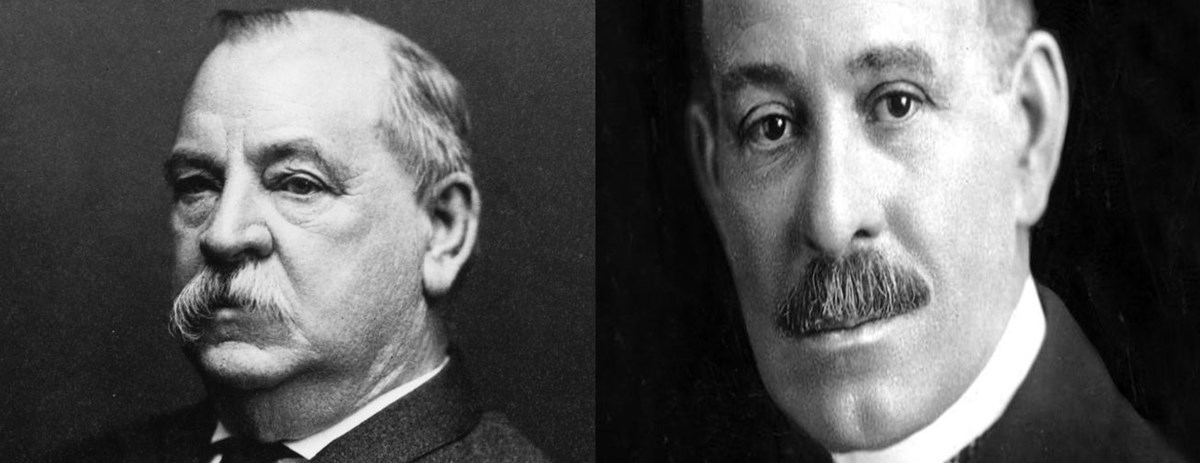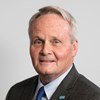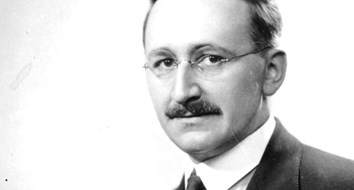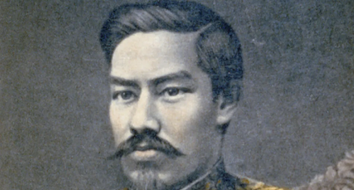In the month of July 1893, just nine days and 700 miles apart, two medical surgeries of remarkable, historical significance occurred. More than a century later, they are as fascinating as ever—one noted for who performed the operation and the other for who the patient was.
James Cornish entered Provident Hospital in Chicago on the night of July 9, suffering from a stab wound to the heart. Overnight, his condition worsened. With Cornish’s life at stake, Dr. Daniel Hale Williams determined the next morning that he would perform open heart surgery to repair the wound, immediately.
The prevailing view in the medical community in 1893 was that the living, beating human heart was not to be meddled with. In 1891, 46-year-old Dr. Henry Dalton in St. Louis performed the first procedure on the pericardium (the membrane that envelopes the heart) but no one had yet fixed a wound on the heart itself.
The operation on that July day in 1893 cemented Dr. Daniel Hale Williams as the first surgeon to successfully operate on the human heart. He is known today as “the Father of Black Surgery.”
Dr. Williams was just 37 years of age. He was also African American, and the founder of the very hospital in which he operated on Cornish on July 10, 1893. He and his team of fellow black doctors had no heart-lung bypass machine to keep blood and oxygen flowing so they would have to get the job done quickly. They had no blood transfusion capability and no antibiotics such as penicillin, which would not be discovered until 1928.
Cornish’s chest was opened and Dr. Williams went to work. His skill and dexterity were spectacular. The patient survived and left the hospital less than three months later.
The operation on that July day in 1893 cemented Dr. Daniel Hale Williams as the first surgeon to successfully operate on the human heart. He is known today as “the Father of Black Surgery.” It vaulted him to national recognition. But even before he saved James Cornish’s life, he could boast of some remarkable accomplishments.
It was in 1888 when he was only 32 that Williams opened Provident Hospital, after a two-year campaign to raise funds and assemble a staff. Its clientele was mostly black but it was, at his direction, never segregated by policy like every other hospital in the country at the time. Provident was the first hospital in America that was both owned and managed by blacks. Many of its doctors and staff were sons, daughters or grandchildren of slaves. Frederick Douglass was a close friend and second cousin to Williams, and a personal mentor as well.
I cannot help but wonder if Dr. Williams could open a hospital today within a two-year time frame. He’d have to petition the State of Illinois for a Certificate of Need and probably secure various dispensations and blessings from other federal and state government bodies too. But that’s another topic.
Nine days before Williams’ famous surgery on James Cornish, a team of doctors labored secretly on a very famous patient in New York. Incredibly, the surgery was performed on a yacht just off the coast of Long Island—in the boat’s saloon, no less. The man under the knife was none other than the President of the United States, Grover Cleveland.
Surgeons these days still marvel at what Cleveland’s doctors were able to do.
Cleveland had assumed his second (and non-consecutive) term less than four months earlier. Within weeks, the Panic of 1893 gripped the country. When the President sought medical attention in June for a strange bump on the roof of his mouth, an economic depression was clearly underway. The stock market had crashed and unemployment quickly soared to 16 percent.
The diagnosis was verrucous carcinoma, a rapidly progressing form of cancer. Doctors advised an immediate operation but to get Cleveland’s consent, they agreed to his demand for total secrecy. The President also insisted that the surgery be done entirely inside his mouth—to leave no external facial marks or damage to, of all things, his gargantuan mustache. The last thing the country needed, he felt, was another reason to panic. He had to be in shape by August or the country would begin to suspect something.
Surgeons these days still marvel at what Cleveland’s doctors were able to do. The same procedure now would require several hours. In 1893, the President’s operation took just 90 minutes, and on a moving boat! Cleveland’s surgeons cut into his upper palate and jawbone, removed five teeth and a golf ball-sized cancer, and filled the cavity with a prosthetic of vulcanized rubber. The tumor is on display today in a jar at Philadelphia’s Mutter Museum.
Six weeks later, a recovered Cleveland called the Congress into special session to repeal the primary cause of the economic crisis, namely, the Sherman Silver Purchase Act of 1890. The President lived another 15 years (he died in 1908) with no recurrence of the cancer, and it was not until 1917 that the country learned the full story of his remarkable operation at sea.
Thinking recently about these two surgeries of thirteen decades ago, I wondered if Dr. Williams and President Cleveland had ever met. Indeed, they did. Before 1893 was over, Cleveland appointed Williams Surgeon-in-Chief at Freedman’s Hospital in Washington, DC. At that time, Freedman’s was managed by the federal government to provide medical treatment for former slaves.
Though Williams didn’t know of Cleveland’s operation, it’s fair to say that the President appointed him with complete knowledge of how vital a great surgeon could be—black, white or whatever.
For additional information, see:
Who Was Dr. Daniel Hale Williams? by Jackson State University
Dr. Daniel Hale Williams: The First Black Heart Surgeon in America (video)
A Yacht, A Mustache: How a President Hid His Tumor (NPR audio)
Grover Cleveland: Secret Surgery from Arizona Health Sciences Library
Grover Cleveland: One of America’s Best Presidents compiled by Lawrence W. Reed
The Silver Panic by Lawrence W. Reed





